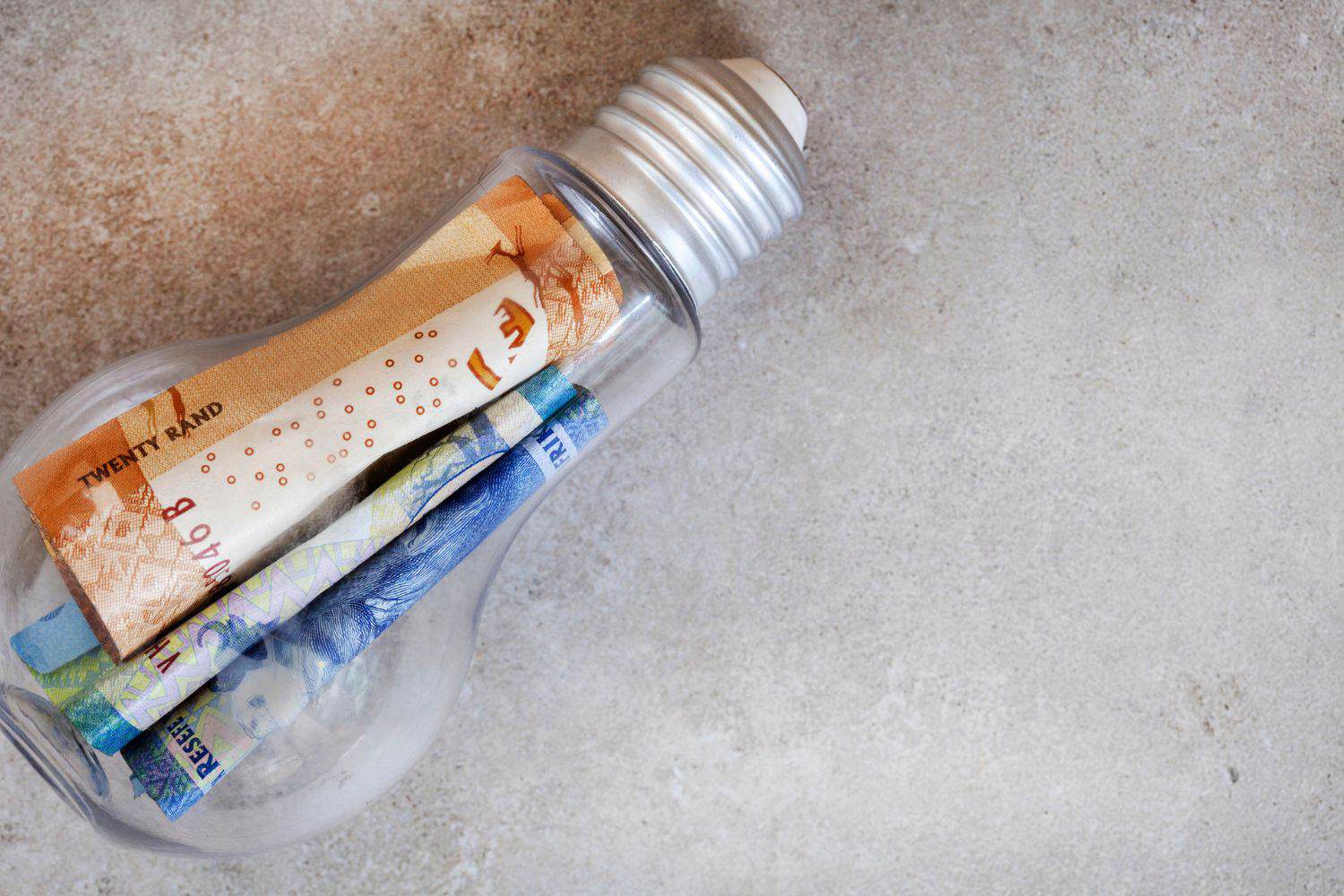92% of South African households are stressed about the cost of powering their homes

Greater steps need to be taken by South African households to shield their budgets from the compounding fears of perpetually rising electricity costs.
Bucking the perception that those with thicker wallets are able to absorb these concerns, households in the highest electricity expenditure bracket admitted they were extremely concerned 16% more of the time than those paying less than a R1 000 per month.
“This shows that the heavier the bill, the more motivated households become. But the savings journey can begin before your monthly spend reaches dire proportions,” explained LookSee Executive Head, Marc du Plessis.
These concerns will be escalated following the recent announcement from the National Energy Regulator of South Africa (Nersa) that they were forced to revise the tariff increase granted to Eskom, extending the multi-year dread into the latter part of this decade.
ALSO READ: Nersa to study impact of changes in electricity tariffs
A “clerical error” is set to cost the country R54 billion in the short term, and continue to inflict financial pain on individual rate-payers for the foreseeable future.
In addition to the 12.74% increase for the current year, Nersa originally granted 5.36% and 6.19% increase for the next two financial years.
The estimated fallout of the settlement between Nersa and Eskom will see these tariff increases jump to 8.76% and 8.83% for the next financial years, respectively. This is almost three times the country’s current consumer inflation rate.
Household habits
Despite the inescapable reality of rising electricity costs, households have still shown a mixed response to guarding their hard-earned income.
Popular energy-conscious behaviours include 79% of respondents switching lights off when not in use, 68% turning off appliances when not in use and 61% using energy efficient light bulbs.
However, these positive measures are in vain if the silent, hidden black hole of electricity wastage in the ceiling is not addressed.
LookSee’s home efficiency survey showed only 20% of households had installed a geyser timer, while only 13% had installed a geyser blanket.
Some took more sacrificial action, with 17% reducing the temperature of their geyser and almost half opting to turn their geysers off at their home’s distribution board.
“Switching off your geyser at the DB board is a popular choice as it’s free and immediate, but experience has shown that this habit is particularly difficult to maintain, especially in the early hours of the morning when the whole family needs hot water,” said Du Plessis.
‘Make a decision with confidence’
Despite load shedding no longer being an immediate threat, the survey showed homeowners are still leaning towards a solar solution, as 76% of respondents said they considered a solar installation in the last 12 months.
However, 53% of these did not take the solar leap, with 55% stating that expense was still the primary stumbling block to achieving their goal.
A further 11.5% said that they remained unconvinced that the financial commitment associated with a solar installation justified the potential savings.
“The sector still has work to do to show homeowners evidence that not only have prices come down considerably, but the savings potential has improved measurably,” stated Du Plessis.
LookSee’s home solar journey offers step-by-step assistance that places the customer in control of how much they will save on their electricity bills with a solar installation.
“LookSee prides itself on the extensive work we have done to create sophisticated calculators that give customers certainty on their savings potential so they can make a decision with confidence,” advised Du Plessis.
Embarking on a savings journey
LookSee’s Smart Save Journey allows homeowners to conduct a free self-evaluation of their property to gauge their energy efficiency and the potential for savings on their electricity bill.
“The power of the Smart Save Journey is that it gives families personalised insights based on their home and electricity usage.
“They can even see how their electricity usage compares to homes of similar size in the same area, which gives a great indication of whether there is still work to be done on cutting wastage or if they’ve reached their reduction limit,” explained Du Plessis.
Understanding that no two homes are the same, the journey also provides a Solar Score specific to that property, along with insights into how much they could potentially save on their electricity bill with a solar installation.
“We encourage households to think about their home’s efficiency and the reduction of energy usage as a way to unlock long-term savings,” he added.
“The easiest and most cost-effective option is to use the sun — whether it’s your geyser or your home, plug it into the sun and let the sun do the work for you.”
Survey winner announced
We are pleased to announce that Aneesa Parker was the lucky winner of a R3 000 Instant Money voucher in the home efficiency survey competition.
NOW READ: Nersa blunder on Eskom’s electricity tariffs triggers public backlash






